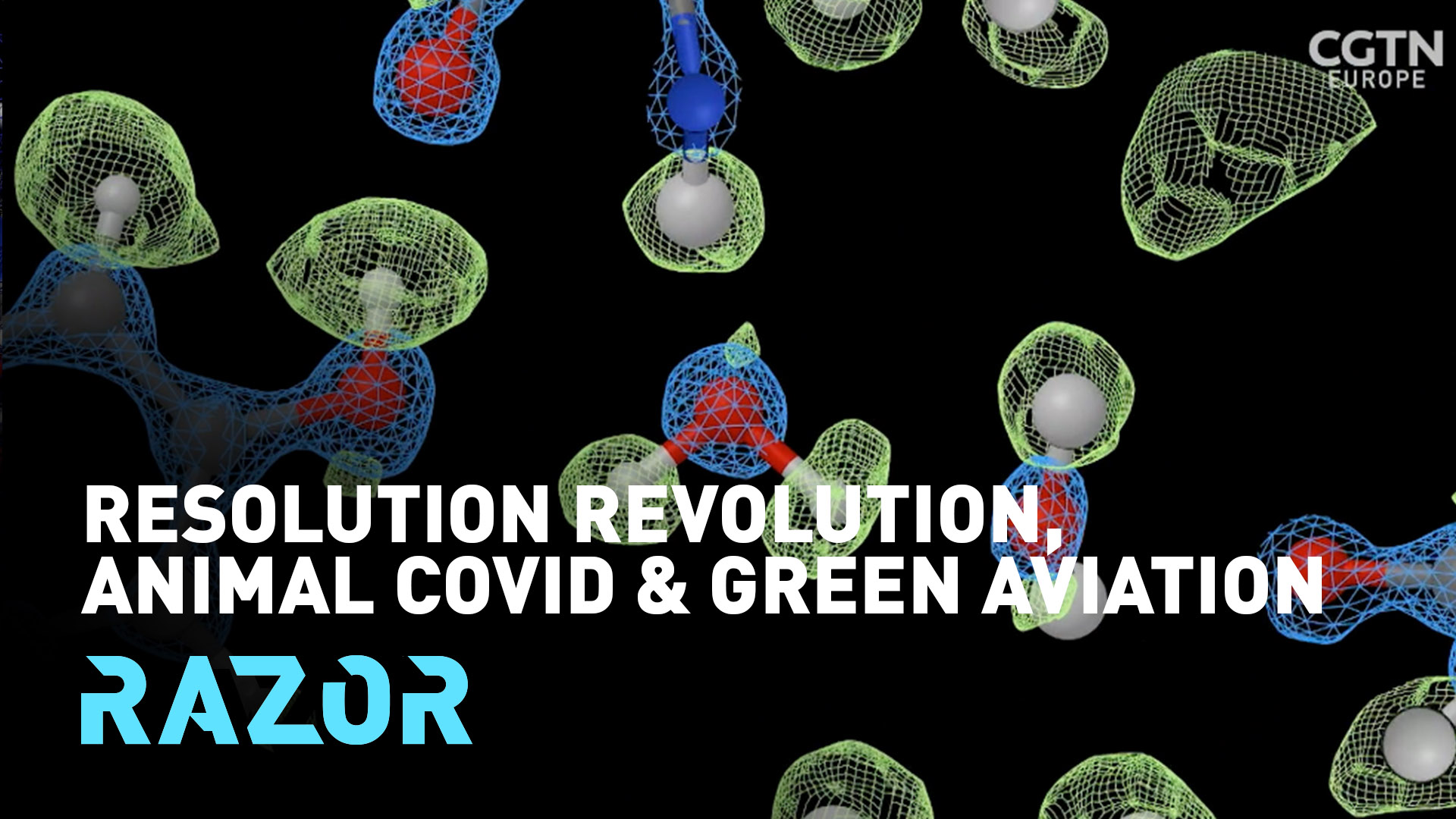30:00

This week's episode of RAZOR examines a microscopy resolution revolution, the SARS-CoV-2 virus in animal populations and a solar plane attempting to reach the stratosphere.
Cryogenic electron microscopy, a technique for imaging biological molecules, has recently broken resolution records to enable visualization of the individual atoms that make up proteins for the first time. Frankie McCamley visits the MRC Laboratory of Molecular Biology in Cambridge to find out more about the resolution revolution.
In 2020 a team at the MRC LMB reached the current record image of 1.2 ångströms – one ångström being a ten-billionth of a meter. As the resolution gets down to measurement as small as this, it becomes possible to see individual atoms within a protein, achieving true atomic resolution. If we can understand the three-dimensional structure of proteins, then we can deduce how they function – and we can also study these processes when disease happens.

CLICK: Watch the latest science and technology videos on RAZOR's YouTube channel
Also this week, Emma Keeling finds out what it means for humans if the SARS-CoV-2 virus takes hold in animal populations. In Denmark the virus shifted from humans to minks and back to humans, mutating in the process. Minks are the only animals known to have passed the virus to humans. It didn't cause severe illness in humans but a mass cull of the animals was ordered.
Finally, Raphaël Domjan is an eco explorer and for his latest project, SolarStratos, he has built an electric plane powered by solar panels. The hope is to reach an altitude of 80,000 feet, setting a record for being the first manned solar plane to reach the stratosphere.
The aim of SolarStratos is to show what can be achieved through solar energy with the hope that the aviation industry takes notice and steers away from fossil fuel to more sustainable sources of power. The plane could also be used for scientific purposes – with zero emissions, it can take sensitive atmospheric measurements without contaminating the samples with its own exhaust.

